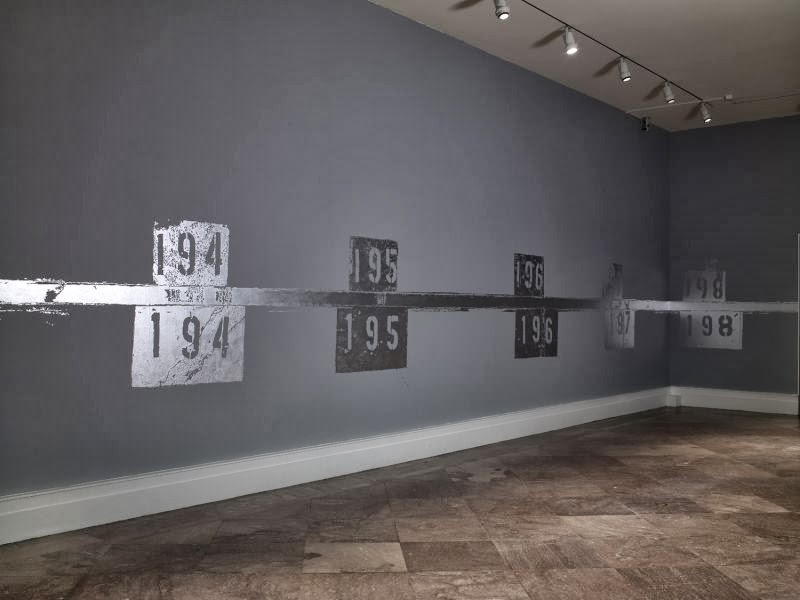Tracy Emin ONLY GOD KNOWS I'M GOOD
2009
Snow white neon, edition 2/3 plus 2 APs
This illuminated light saying of "only God knows I'm good" had a spiritual impact on me. To me it was saying what ever choices I make in life God will always be the one saying I'm alright even when everyone else turns their backs.
John Ahearn
Pinwheel, 1998
Plaster
Plaster
This had a positive impact on me because it shows all of the different hands coming together for one common purpose. It shows a sense of community and shape of the arms into a circle shows unity since a circle is never ending. Another way to look at it is that the hands are waiting for something since their palms are open but it seem that everyone has a fair chance and no hand is farther into the circle than another.
Artworks I feel a connection with:
Janine Antoni
CONDUIT, 2009
digital chromogenic color print and copper sculpture with urine verdigris patina, 2/10 and 4 artist's proofs
I felt a connection with this photograph because as a fashion student it look very editorial to me. I looks like an advertisement for a clothing brand or a perfume. The women looks free and standing outside with a breathtaking view and hair blowing in the wind. It would make the consumer think that they would feel the same way while wearing this dress.

Kim Adams
Panel Van II, 2007
plastic and paint
I really felt a connection with the VW van because it embodies the 70's which is an era I am obsessed with. The sea foam green color and crochet pattern gives it a vintage feel with I love. It was a new and unique take on a classic car of the 70's and I honestly wish I could own this piece of art.
Artworks I would like to know more about:
Kiki Smith
Born, 2002
Bronze, edition 2/3
This sculpture looks like a deer giving birth to a fully grown women which is something I would like to know more about since its not something that happens in human nature. I feel like the artist is trying to suggest that as human we cant live with out animals and they are reliant on us but we are actually very reliant on them. This is definitely a piece that gets people taking and could have many different interpretations.
Ingrid Calame
Mittal Steel No. 1 Shipping 192-208
2009
Latex and enamel paint
This large painting across the floors and ceilings in the gallery was a such a cool experience. As you walk across the silver paint revels painted numbers, footprints, and tire tracks. I had no idea as what these symbols represent but on the Albright Knox website the artist recreated the numbers that were painted and repainted on the floor of the ArcelorMittal steel plant. She tried to " combine history, physical fact, decay, memory, and personal experience." I would like to know more about the history of this steel plant and why these numbers impacted her so much that she want to create this.
Mittal Steel No. 1 Shipping 192-208
2009
Latex and enamel paint
This large painting across the floors and ceilings in the gallery was a such a cool experience. As you walk across the silver paint revels painted numbers, footprints, and tire tracks. I had no idea as what these symbols represent but on the Albright Knox website the artist recreated the numbers that were painted and repainted on the floor of the ArcelorMittal steel plant. She tried to " combine history, physical fact, decay, memory, and personal experience." I would like to know more about the history of this steel plant and why these numbers impacted her so much that she want to create this.





.JPG)
.JPG)
.JPG)
.JPG)